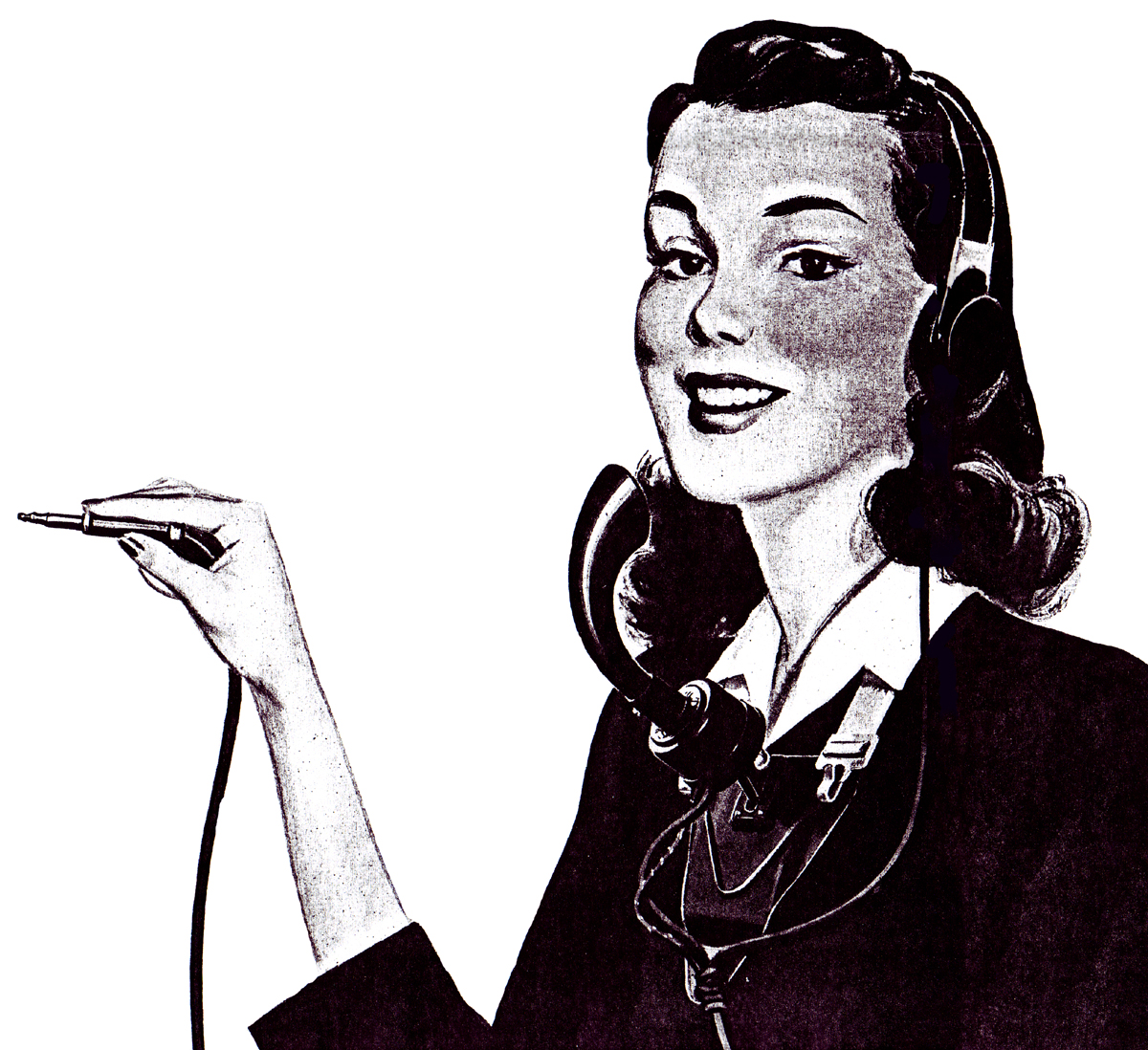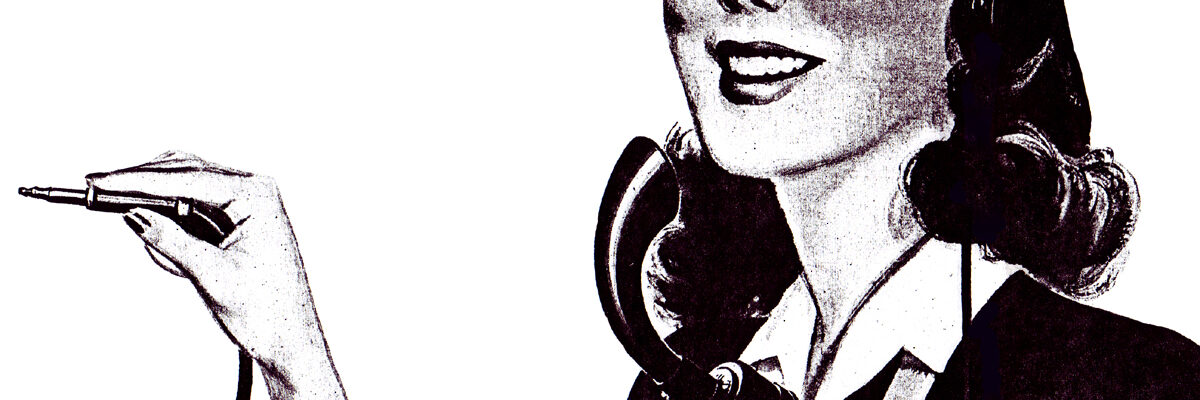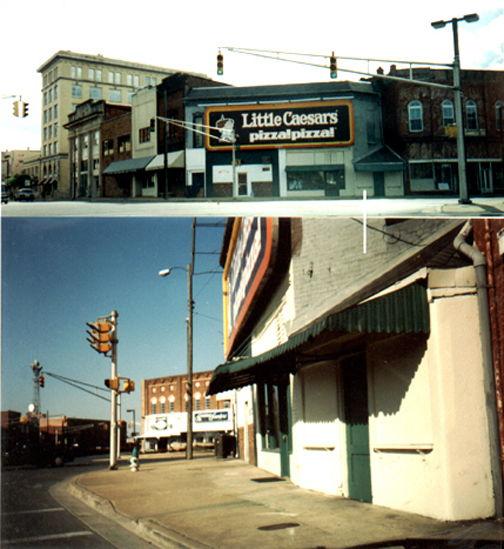Adulthood – That time of our lives when we frequently drift back into our childhood memory banks to withdraw some very pleasant and cherished reminiscences from our youth.
As adults, we have a propensity to emulate Charles Foster Kane, the powerful multimillionaire newspaper owner in the classic 1941 movie, Citizen Kane, who searched until he died for his never-to-be-forgotten prized childhood treasure… something I will only identify as “Rosebud,” so as not to be a spoiler.
Many Johnson Citians can vividly recall the pre-television era when we anxiously tuned in to our wooden or Bakelite table or floor model radios at the prescribed hour to listen to one of our favorite radio shows. A distinctive advantage of this early medium was that people could engage in other activities while simultaneously listening to their radios, absorbing every sound as it mysteriously leaped from the speaker, challenging the mind, and conjuring up idiosyncratic images of the people, places, and events being heard.
Television robbed us of that; requiring us to sit in a semi-darkened room and stare for long periods at a snowy black and white picture tube, often with sound so full of static that it was almost inaudible. TV showed us exactly what it wanted us to see, leaving very little to our imaginations and depriving us of our own self-imposed imagery. Many individuals old enough to remember when a few radio stars switched to television were astonished and perhaps a bit dismayed at seeing people like Ozzie and Harriet on TV, after hearing them on radio for several years. Somehow the Nelson family did not fit the image of our “mind’s eye.”
Radio’s golden age produced an assortment of grown-up programming: Fibber McGee and Mollie; Lum and Abner; Henry Aldrich; Baby Snooks; Bulldog Drummond; Ma Perkins; The Shadow; Grand Central Station; Gangbusters; The Whistler; Vic and Sade; Jack Armstrong; Easy Aces; Escape; The Mysterious Traveler; and numerous others.
Not to be overlooked, the youngsters of that era had their own special fare, with such delights as Sergeant Preston of the Yukon (“On King, on you huskies”); Captain Midnight (“Capppppp-tain Midddddd-night”); The Lone Ranger (“A fiery horse with the speed of light, a cloud of dust, and a hearty ‘Hi Yo Silver’”); and Tarzan (“From the heart of the jungle comes a savage cry of victory…”). Others included Mark Trail (“Battling the raging elements! Fighting the savage wilderness! Striking at the enemies of man and nature!”); Tom Corbett, Space Cadet (“Stand by to raise ship! Blastoff minus 5-4-3-2-1- ZERO! We take you to the age of the conquest of space…”); and the lovely (so we were told) Princess Pet (with her weekly regulars, Brown Mule and Brown Bear).

Big Jon and Sparkie
Perhaps the most remembered and revered juvenile program of the 1950s was Big Jon and Sparkie. Children within the listening range of radio station WJHL could turn their dials to 910 AM and enjoy this unique series. The popular program would eventually be broadcasted over 275 stations, attracting an impressive twelve million listeners. Big Jon produced two different series each week — a one-hour Saturday morning version at 9:00, known as No School Today and a fifteen-minute weekday afternoon edition at 5:00, identified as The Adventures of Big Jon and Sparkie. The former was a variety program of stories, riddles, jokes, songs, and other related childhood activities. The latter used an entirely different format with a continuous story line, blending thrilling adventures with simple humor. Both efforts were aimed at “the younger generation and the young at heart.”
Big Jon was the show’s writer and producer, supplying vocalizations for the entire cast including Sparkie, “the little elf from the land of make-believe, who wants more than anything else in the world to be a real boy.” He cleverly and effectively mixed a pinch of bleak reality with a smidgen of wholesome fantasy to the delight of his many young fans. The popular entertainer created Sparkie’s elf-like high-pitched voice by recording his own voice on a reel-to-reel tape recorder and increasing the speed on playback. This process was time-consuming, requiring precise coordinating skills between Arthur and his recorder to give the illusion of the “pair” conversing with one another and with other characters on the program.
The gentle talking Big Jon Arthur (whose real name was Jonathan Goerss) opened the weekend show with… “Hi hey hello again, here we go again. Hi kids. Hey, come in her right now because it’s time for… Biggggg Jonnnnn and Sparrrrrkie ‘cause it’s Saturday and there’s nooooo schoooool todaaaaay.” Bandleader Gil Hooley and His Leprechaun Marching Band next played the show’s familiar theme song, “The Teddy Bear’s Picnic”… “If you go down in the woods today; You’re sure of a big surprise; If you go down in the woods today; You’d better go in disguise; For every bear that ever there was; Will gather there for certain because; Today’s the day the teddy bears have their picnic.”
Throughout its eight-year stint, Arthur paraded a variety of colorful characters across the radio stage including Mayor Plumpfront (city official), Daffodil Dilly (town widow), Ukey Betcha (cab driver), Clyde Pillroller (drugstore owner), and Mr. DaVinci (paint store proprietor). A highlight of each program was the recognition of those youngsters who had a birthday that week. A unique feature of the No School Today series was the weekly competition between the girls and boys. Using his “magic spyglass,” Arthur instructed the children to stand close to their radios so he could score each one as to his/her own personal hygiene and bedroom tidiness. He would then declare the boys or the girls the winner, depending on who had the most points.
The entertainer might say… “Bobby, I can see all those toys you tried to hide under your bed” and “Mary, your room looks especially neat and orderly this morning.” This inspection was so realistic that no self-respectable kid would dare listen to Big Jon and Sparkie if he/she was poorly groomed or had a cluttered room for fear of being “seen” by Big Jon.
The show utilized a sizable record library of stories and songs by such notables as Dennis Day (Jack Benny Program), Morey Amsterdam (Dick Van Dyke Show), Paul Wing (storyteller), Charles Laughton (British actor), Danny Kaye (actor/comedian), and Hugh “Uncle Lumpy” Brannum (Fred Waring Radio Show).
Uncle Lumpy later became the character, Mister Green Jeans (animal lover, farmer, handyman, and inventor), on the popular “Captain Kangaroo” television show. Brannum was also the voice of 46 masterfully done “Little Orley” Decca records, each being a three-minute musical adventure narrative. Orley was probably the most remembered story with subjects ranging from a parade and a cloud to a barn dance and a bull fiddle. Brannum began each record with “Well now, once upon a time…” and ended them with… “That’s all!”
Big Jon and Sparkie was one of the final children’s programs on network radio being, without a doubt, the most beloved. The talented entertainer made a brief comeback in the mid 1970s over Christian Radio before his death in 1982. The hero of millions of youngsters growing up in the 1950s may have faded into obscurity for most area residents, but to one generation of young loyal radio fans, Mr. Jonathan Goerss is firmly imbedded in their memories as a special never-to-be-forgotten … “Rosebud.”





